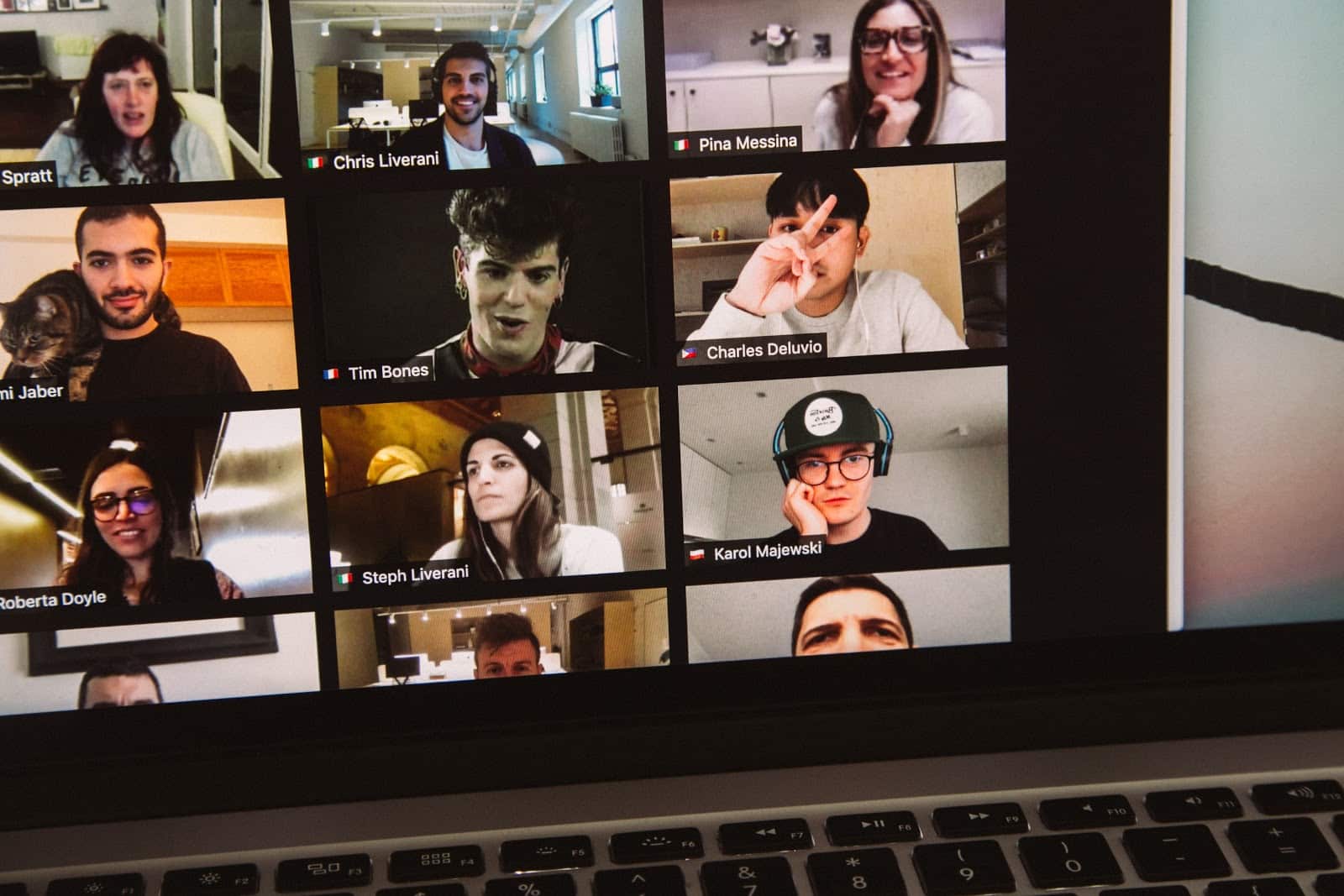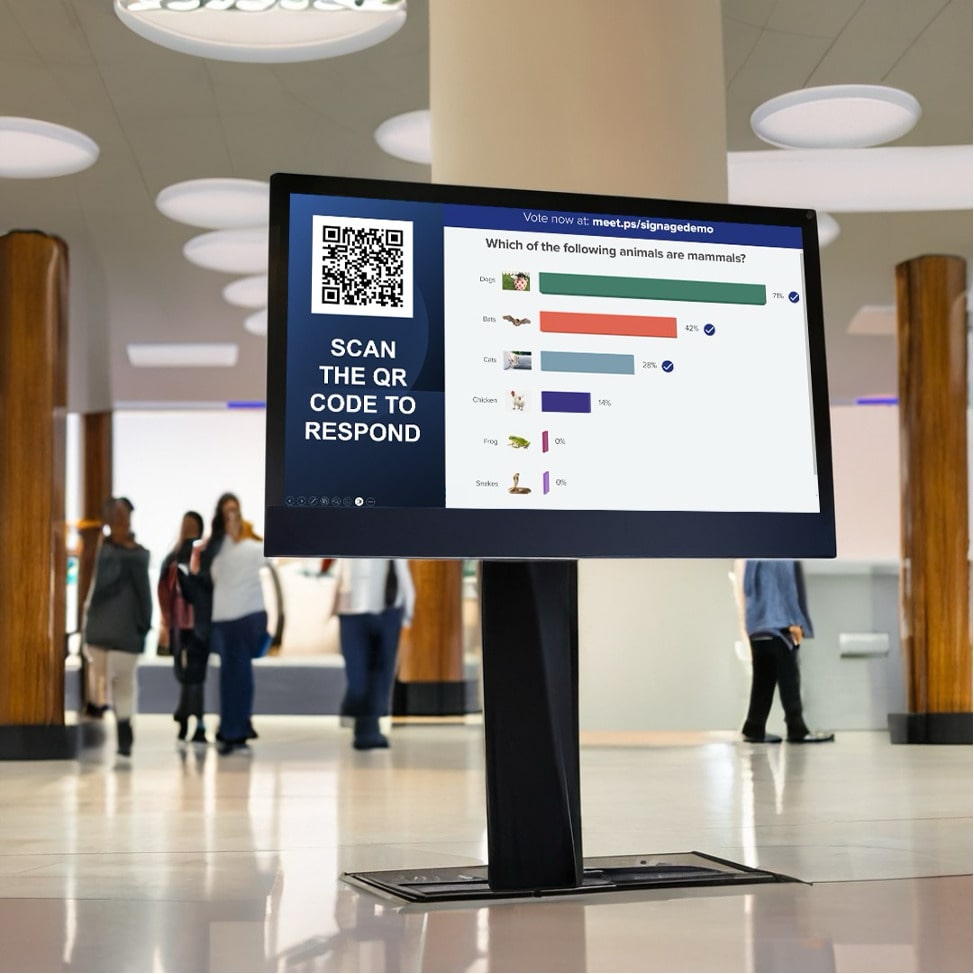Having an important organization-wide meeting that encompasses all of the company’s business aspects and goals? This is commonly referred to as an all-hands meeting, or a town hall.
All hands meetings are essential to keep company stakeholders and employees strategically aligned and well-informed of the status of the organization. These meetings can address issues like critical milestones, upcoming events, or changes to the company; and in all cases, employee insight is vital.
Here’s our guide at MeetingPulse on how to run a more interactive and engaging all hands meeting to set company goals and build connections with employees.
What is an All-Hands Meeting?
A typical town hall encompasses a broad audience, including all employees and top leadership in the company. These meetings provide an opportunity for employees to engage with senior leaders. Plan for the attendees by acquiring information that is pertinent to them.
It’s also important to make sure everyone is prepared for the meeting, whether that be the ability to attend conferences from a quiet place at home or know their way around the chosen conference platform.
And for any that are unable to attend, a recording of the meeting should be uploaded so they can catch up later.
Gain insight into your target audience through interactivity and connection with MeetingPulse.
Importance of All Hands Meetings
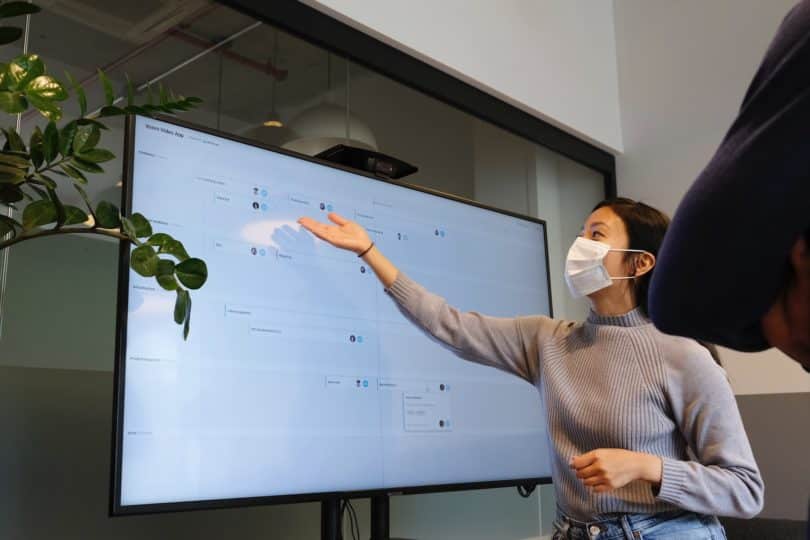
Stay connected while working remotely
All hands on meetings are more important than ever in 2020. The coronavirus pandemic led to many companies to suddenly become remote.
For many employees, working from home is not what they’re used to and being away from their co-workers and managers has left them feeling a lack of connection to their organization, as well as a lack of structure.
The solution is often online hands on meetings. This has become the only opportunity companies have to discuss projects and company news face-to-face. It’s also become the modern equivalent of stopping by someone’s desk to chat between work.
All hands on meetings have become the most crucial component of keeping employees engaged and feeling connected, as well as a way to ensure everyone is still being productive and staying motivated.
Increases alignment and collaboration
Building collaboration in a company is no small feat, especially from home. Holding an all-hands meeting allows for strategic company alignment, vision setting, and team building. By fostering team spirit, it’s easier for units within the organization to learn from each other since they have become familiar with one another.
For companies that have offices across regions or continents, a town hall becomes essential for all of the team members to meet and engage. Not only does it improve collaboration, but it maintains a sense of belonging and comradery among dispersed and remote teams.
A chance to speak
An all-hands meeting gives everyone, including entry-level employees, an opportunity to speak up and voice their concerns and ideas. An open Q&A session is a great place to find out employee sentiments about the organization.
It’s crucial to have a Q&A session attended by the top brass so that any sensitive issues are raised and responded to accordingly. Not only does this foster a sense of transparency within the company, but it also builds trust among employees. However, any issues raised during the Q&A session must be addressed and not used against any employees.
You can gain insight or collect questions through MeetingPulse, which offers anonymous and moderated Q&A features to collect questions in real time and ask them whenever you’re ready. Employees can easily engage and submit questions, saving you time and making sure everyone has a chance to share their input.
Strengthens company culture
Having a culture of openness within the company improves relations and boosts employee morale. This results in less turnover and more productivity. Most importantly, employees are proud to be associated with the company. New employees can see firsthand how things are done, and they can grow with the company culture.
Hold all-hands meetings frequently (every quarter should suffice if not monthly) to promote the company culture. Having all employees in one room regularly strengthens company culture as everyone is reminded of how to be part of the team and what is expected of them.
Strengthen company culture by making your employees feel heard with MeetingPulse.
Strengthens goals and strategies
In many town halls, leadership reflects on the current situation of the company in relation to the company vision. This means that the meeting reflects on what has been happening since the last all-hands meeting; it then deals with the present before moving to future plans. Typically this takes 50% of the time, and while the information may be repetitive, the audience needs to hear it to be on the same page consistently.
During the town hall, leadership will often disclose its plans, strategies, and goals for the organization. Within the meeting, departments get to know what their role is in the overall plan. This allows them to develop their own strategies on how to accomplish their part in the organization.
Share the company goals and strategies in advance with the departments so that they can have a chance to familiarize themselves with company objectives. Before they come for the meeting, they can already have a departmental strategy that fits into the overall one. You can even allow departments to share their plans and strategies for the objectives laid out during the town hall.
This is especially important during the pandemic, since many employees may feel disorganized or disconnected from their team due to the distance. Remote work is new for many employees and they need the structure of meetings like these to stay on track with their projects.
Of course, in case of any new information, updates, or changes, it’s crucial for you to explain the shifts, why they have occurred, and their impact on the company. Sharing any new changes going forward is vital because it keeps everyone in the loop about company-wide goals.
Celebrating and learning
During the meeting, the team will share the good news and the bad. The town hall is an excellent place to acknowledge and celebrate the hard work and dedication of the teams and individuals. Highlight areas where the company has excelled, which departments were responsible, the measurement metrics, and the resulting impact on revenue.
Mention the misses as well, not to put anyone down but to share the challenges and what the organization is doing to mitigate them for a better outcome. These are teachable moments, so don’t be shy to share what you have learned from the experience.
Being this transparent with the success and failures within the organization encourages employees and other stakeholders to have more faith in the internal processes. It also motivates teams to do great work in order to be acknowledged for their input in the organization. This process should take about 30% of the time allocated for the meeting.
Learn about your employees’ successes, wishes, and other insight with MeetingPulse.
How to Plan a Successful All Hands Meeting Online

Choose the Right Meeting Platform
It’s very important that you choose the right conference software for your all hands on meeting. Luckily, there are many good options to choose from that all offer a variety of benefits.
Some key factors to look for in a video conference program is how many people can join a conference at once, how simple it is to navigate and join the meeting, the ability to share your screen/presentations, how visually organized the platform is, and opportunities for interaction.
Interaction is especially important because it allows for employees to feel like the all hands on meeting is productive. The more opportunity they have to give input or feedback, the better for remote employee morale.
Meeting Pulse provides polls, surveys, quizzes, prizes, and live audience feedback, letting employees feel heard and allowing employers to better understand their workforce’s concerns, questions, or ideas.
Set A Fixed Date and Invite People Early
Consider making your all-hands a fixed feature of your company calendar. It will make it easier for people to remember and to plan for it. Do the inviting well in advance, to supersede any other business meetings or plans.
The start of the season or quarter is ideal. As your all-hands becomes a company tradition, you might consider setting a fixed time also, or perhaps, alternate between mornings and afternoons for your remote workers.
Set some guidelines for online meetings
Being on camera for an hour or so is completely new to some employees, maybe even you. Unlike an in-person all hands on meeting, online meetings require some additional guidelines to ensure that everyone is engaged and properly interacting during the allotted time.
Tell everyone ahead of time to find a quiet area where they won’t be interrupted or face a lot of distractions. Some may even want to consider a blank wall free of posters and other items that may detract from what they’re saying.
You may also want to make etiquette clear ahead of time. Let everyone know that they must be on camera the entire time, ensuring that people don’t start watching Netflix or scrolling through their emails. They must also avoid using their phone, just like they would in a normal, in-person meeting.
You may even want to implement a plan that tells people how to properly communicate. Maybe have people raise their hands to visually signal that they’d like to speak to avoid everyone talking over each other. Or let people know ahead of time you’ll mute anyone that’s too loud (like if you can hear traffic or a television in the background).

Decide the information to be shared
The all-hands meeting often reports on company accomplishments and objectives that may not be public knowledge or easily accessible to many within the organization. Some of the information that can be shared in the town hall includes
- Introduction to new hires or scheduled hires.
- Product/service updates — in this section, you’ll have product leaders talk about the progress of in-house products, measuring metrics, engagements, and other pertinent information. Sharing such information allows everyone to anticipate new products and offerings, or understand what’s holding back their launch.
- Growth updates — Progress reports especially those that are growth or revenue related should be transparent to employees. This helps them attain a renewed focus on the objectives because they can see what’s on the line. Revenue related successes are also shared.
- Special events — Any new company training is unveiled and explained to the team. Running campaigns that have succeeded or failed are talked about, and any upcoming special events are mentioned as well.
Dissemination of information
Since one of the goals of a town hall meeting is to keep everyone up to date, gain insight, and ensure goals are aligned, the organization must break down information into understandable bits with clear purpose. Clear presentation of information combined with the apparent value of the report enables the meeting to meet its objective.
During the meeting, it’s essential for the presentation of the information to tell the audience why the information they are receiving is valuable.
The measure of a successful town hall is whether or not management connects with employees and gains valuable insight.
Summarize information, but ensure it contains crucial details that show why it matters. The information shared should also be available post-meeting, and it should include any updates that occur after the main town hall.
Collect Meaningful Insight
An all hands meeting gives employees the opportunity to connect with top executives as well as across multiple departments. That means you get to stimulate new conversation and identify pain points within the company. Gathering employees in the same place means that new feedback might arise.
Using a platform like MeetingPulse can help you gather this insight and use it in real time, displaying questions and answers on the screen to engage employees and understand what they’re thinking.
Related: 33 Fun Poll Questions to Ask Your Audience
Key Elements of An Online All Hands Meeting
Analysis of the organization’s objective
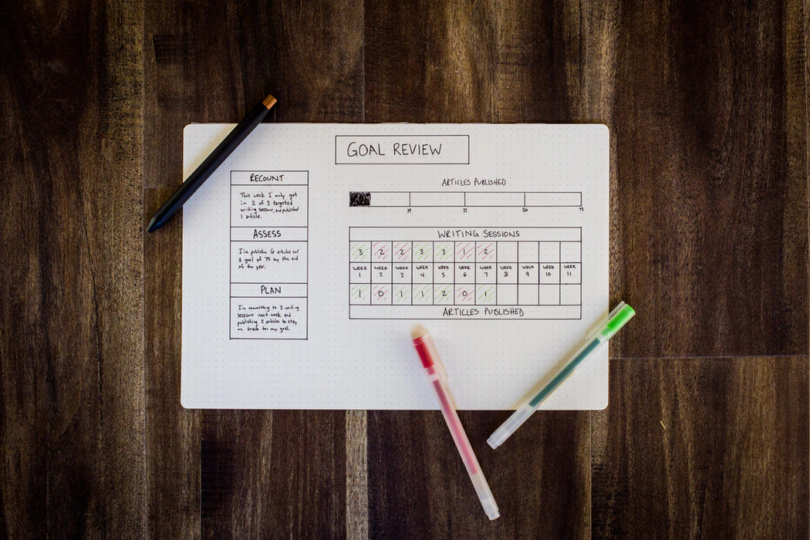
Recall that one primary purpose of an all-hands is to get everyone on the same page and moving in the same direction. With that in mind, this is an ideal time to analyze the company’s objectives — around particular tasks, initiatives, and projects.
For team and company alignment, consider together, how effective some projects have been, and have they accomplished all that you had hoped. Compare past numbers to current ones, to decide how to move forward.
This is a team-building exercise without the props. When your employees feel heard in these matters, they inevitably feel a part of the team. We already know how effective a sense of belonging among workers increases company productivity and overall morale.
This is an excellent environment for creating and establishing new company goals and introducing new initiatives and objectives.

Q&A
The question and answer section is a crucial element of any all-hands meeting because it helps keep employees engaged while allowing executives to gain valuable insight. Some employees may have questions about how their daily tasks contribute to the larger goals of the company, and they may have insight on how to make them better or suggestions for alternatives.
Unfortunately, many organizations are afraid of the Q&A session because they either aren’t prepared for it, or they have something to hide. Sometimes leadership is not open to questions because it exposes their inabilities.
However, the Q&A session offers a chance for top level executives to better communicate with the rest of the organization. Gaining insight from parts of the company that are more removed from top leadership allows these executives to make changes over time rather than face a sudden crisis.
Fear is a normal part of the Q&A session for both the person asking the question and the one answering. The former doesn’t want to come across as an imposter, and the second doesn’t want to look like they don’t know what they are talking about. Embracing the fear and holding the session in spite of it improves relations within the company and fosters trust between all arms of the organization.
Anonymous feedback offers employees the chance to overcome their fear and share their valuable insight. MeetingPulse facilitates anonymous Q&A to make sure top leadership hears from everyone. Our Q&A, multiple choice polling, and ideas feature can all be used anonymously, encouraging employees to share their true thoughts to create actionable change.
In case leadership doesn’t have an adequate answer asking for more time to find the correct information is in order. Give the audience a time frame for the response and a channel through which you will get back to them. This ensures that your employees and team know that their concerns are heard and that you as a company care.
MeetingPulse can help you accomplish this with our “assignment of questions” feature that allows you to assign an official respondent to a question from a live Q&A session.
In addition to the spontaneous questions arising out of the discussion, consider collecting questions beforehand. This gives leadership a chance to research answers and to compose good responses. This is beneficial to both the leadership and the questioner, and it may offset some of the spontaneous questions on the day — as one response may answer more than one question.
Having said that, leadership needs to prepare accordingly for potential questions by getting the right information regarding projects and policies. In fact, it’s highly recommended that when the management isn’t in agreement about elements of the meeting, they shouldn’t hold it in the first place.
This is because the risk of vague, dismissive answers increases when people aren’t on the same page, and such responses impact the energy of the audience. Dedicate between 15%-25% of the meeting time to the Q&A session.
Best practices for an Online All Hands Meeting

Make it interactive
We touched upon this a bit earlier, but the interactive aspect of online meetings is one of the key best practices that must be emphasized. It’s much easier to get distracted while in an online meeting. In 2015, it was estimated that a human’s attention span is just 12 seconds!
Take a break between each topic to do a short Q&A session, or implement one of Meeting Pulse’s polls. This will let everyone provide feedback or raise concerns while the topic is still fresh in their minds. Allot some time throughout the meeting to respond to live feedback.
Create some quizzes before the meeting to not only make sure employees are paying attention to the topics, but have a chance to interact instead of get lectured. Try to make some of the topics funny or entertaining to break the ice.
Related: 35 Funny Poll Questions to Engage Your Audience and Brighten Someone’s Day
Have an agenda

Don’t make the town hall excruciatingly long because of rambling speakers and aimless discussion. That may be the reason why your rank and file members roll their eyes at the mention of a town hall.
Give the meeting purpose by setting a clearly-structured agenda with agreed timings and sticking to it. Have concrete ranges of time for each section of the agenda, according to company priorities. Make certain that each speaker understands the importance of sticking to their time. This makes sure you stay on-task and actually get things done.
An agenda can make objectives clear to all employees, even at a particularly large meeting. And remember to leave plenty of time for Q&A at the end.
Creating alignment around business goals
Begin the meeting by creating alignment from top leadership down to every employee by revisiting your company’s business strategy. Pointing to the company’s north star and explaining how the tasks, initiatives, and projects employees are asked to carry out, align with it, is a good exercise for everyone. Not only will it reveal the rationale behind many actions, but it will show where you may have deviated and realignment may be necessary.
Reminding everyone of where the company is headed and how you intend to get there, will get everyone on the same page. You might be surprised to learn that many of your employees don’t know (or have forgotten) what the company stands for or where it is going. If you want everyone rowing the boat in the same direction, they all need to know what that is.
Consider a Moderator
Having a moderator, even for an online meeting, can make the meeting more pleasant and efficient. They set the tone from the beginning of the meeting and keep things moving throughout.
The moderator is the bridge between each speaker and the audience, and also between every section of the agenda. They’ll keep the trains running on time and help to keep delays and disruptions to a minimum.
The moderator will also facilitate the discussions and guide the Q&A sessions.
Avoid Tech issues
Don’t let technology be the downfall of your all-hands meeting. Go over the entire meeting beforehand with tech support, to ensure they know exactly what will be needed. And have someone standing by during the meeting to address any difficulties that arise.
Train the participants in the workarounds of the software to be used for the meeting. This doesn’t have to be a lengthy process, a quick 30-minute tutorial may suffice.
Consider recording the meeting for any employees who are unable to attend, or to keep as digital documenting of the meeting.

Invest in the meeting
Meetings have a bad reputation for being dull lengthy affairs. Turn this around by injecting some fun into your town hall. Get an MC to oversee the event or have a small party at the end of the meeting, even if it’s just one hour of mingling to celebrate the wins before heading back to work.
All hands meetings are the glue that holds all the moving pieces of an organization together. Make them count by investing in them each time you hold one.
Find out more about how to use technology like MeetingPulse to make your all hands more effective and engaging while working remotely.
Related: How to Get People to Take a Survey
